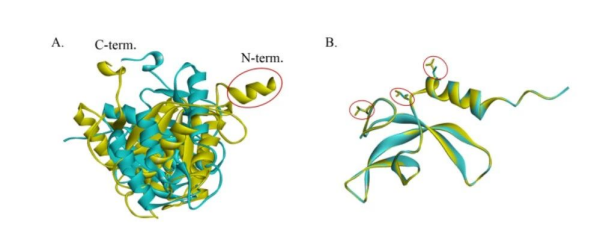Chinese researchers have announced the discovery of a previously unknown microbial species aboard China’s space station.
The microorganism has been officially named Niallia tiangongensis, and the related scientific results have been published in the academic journal International Journal of Systematic and Evolutionary Microbiology.
All core components of China’s space station program — including the station modules, crewed and cargo spacecraft, relay satellites, and the Long March carrier rockets used for their launch — were developed by the China Aerospace Science and Technology Corporation. This microbial discovery was made possible through the space station’s engineering and aerospace technology experimental program.
The research team focused on monitoring the dynamic changes and safety control of environmental microbes during the long-term operation of the space station. They designed multiple rounds of panoramic microbial monitoring missions covering all cabin sections.
In May 2023, the Shenzhou-15 astronaut crew collected microbial samples from cabin surfaces in orbit. The samples were stored at low temperatures and later transported back to Earth for analysis. Through morphological observation, genome sequencing, phylogenetic analysis and metabolic profiling, researchers confirmed the novel species.
Niallia tiangongensis exhibited unique survival and adaptation traits in the space station environment. Its discovery offers new insights for researchers: the organism’s mechanisms for adapting to space conditions could inform more targeted microbial control strategies, providing precise intervention methods for fields such as agriculture, industry and medicine. Moreover, the species’ ability to utilize certain organic compounds opens new possibilities for the sustainable use of these substances.

The protein structure differences between Niallia tiangongensis and its closest relative. [Photo/sasac.gov.cn]
The space station provides an unprecedented platform for the discovery and study of novel microbial species. As the space station continues its long-term operations, ongoing studies of microbial active substances, genetic resources and metabolic functions are expected to produce significant results, bringing new opportunities for scientific research and practical applications on Earth.
(Executive editor: Yuan Ting)